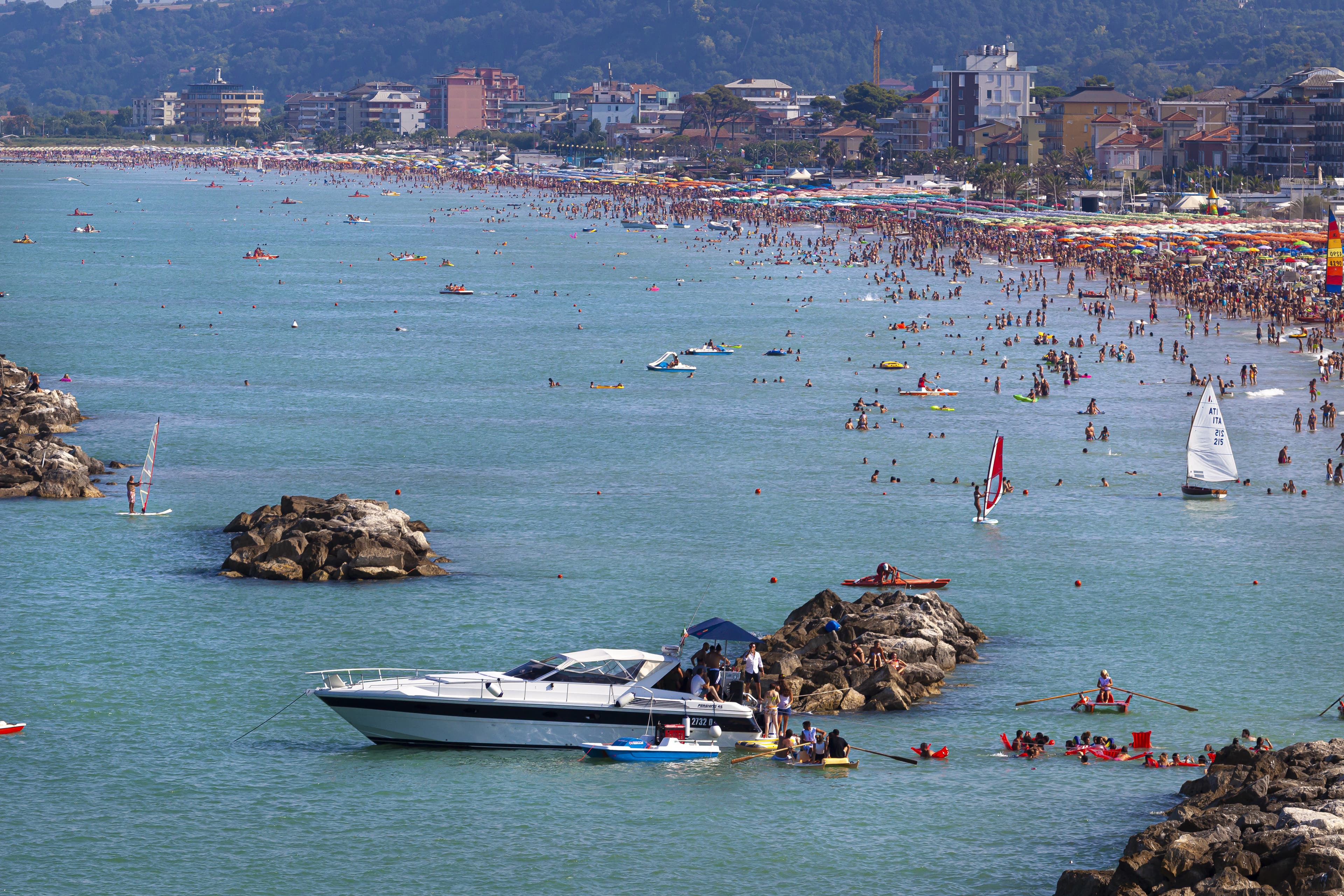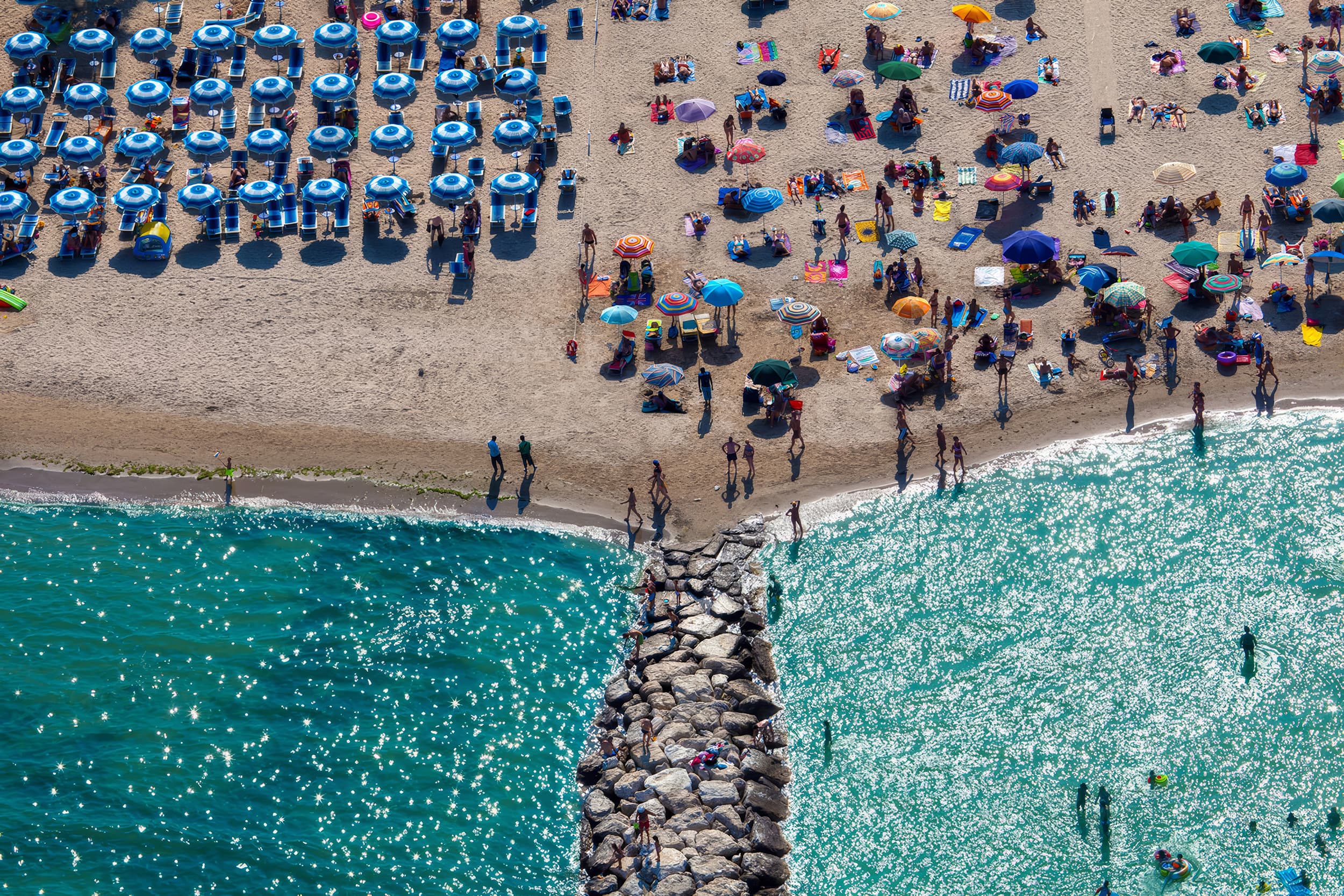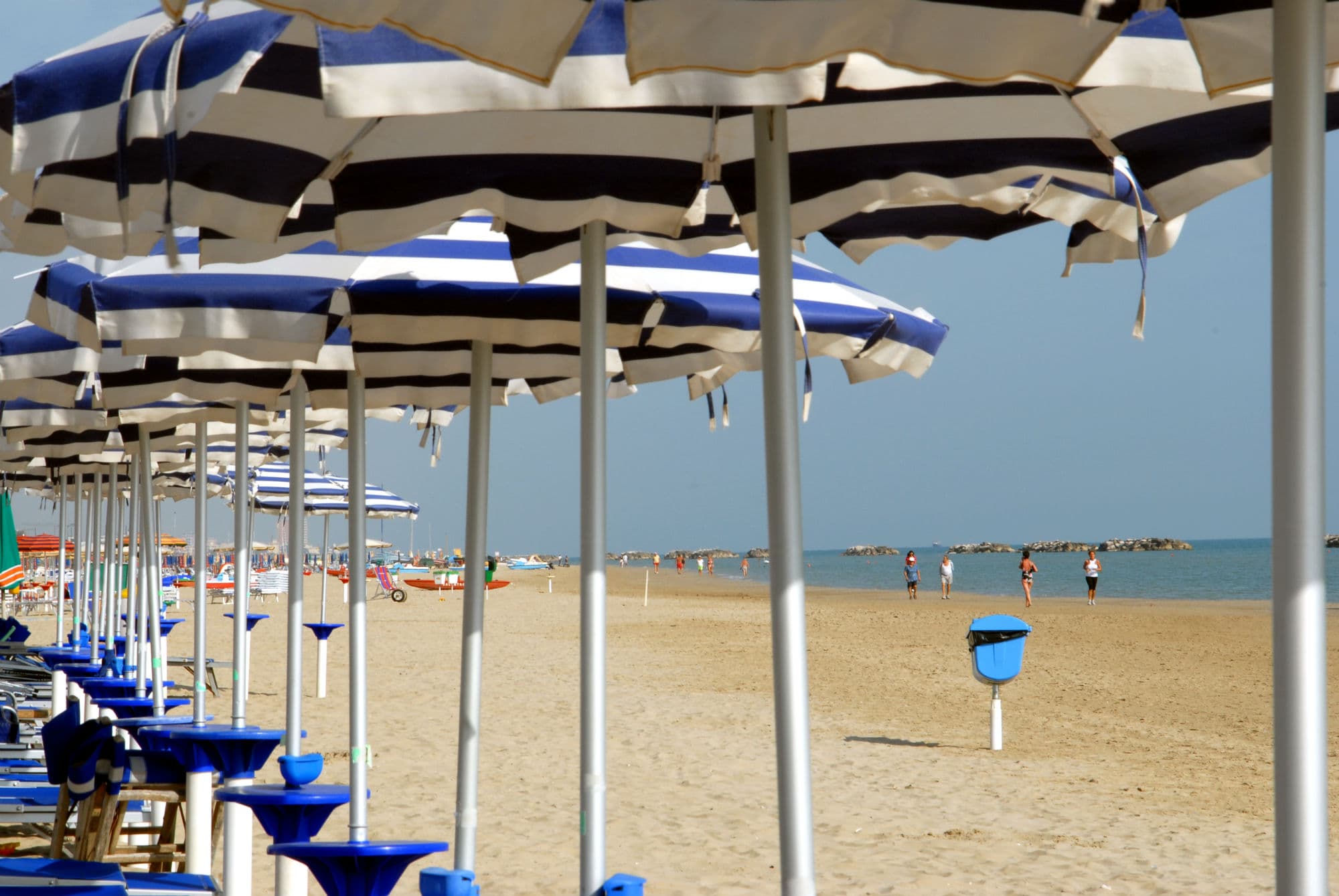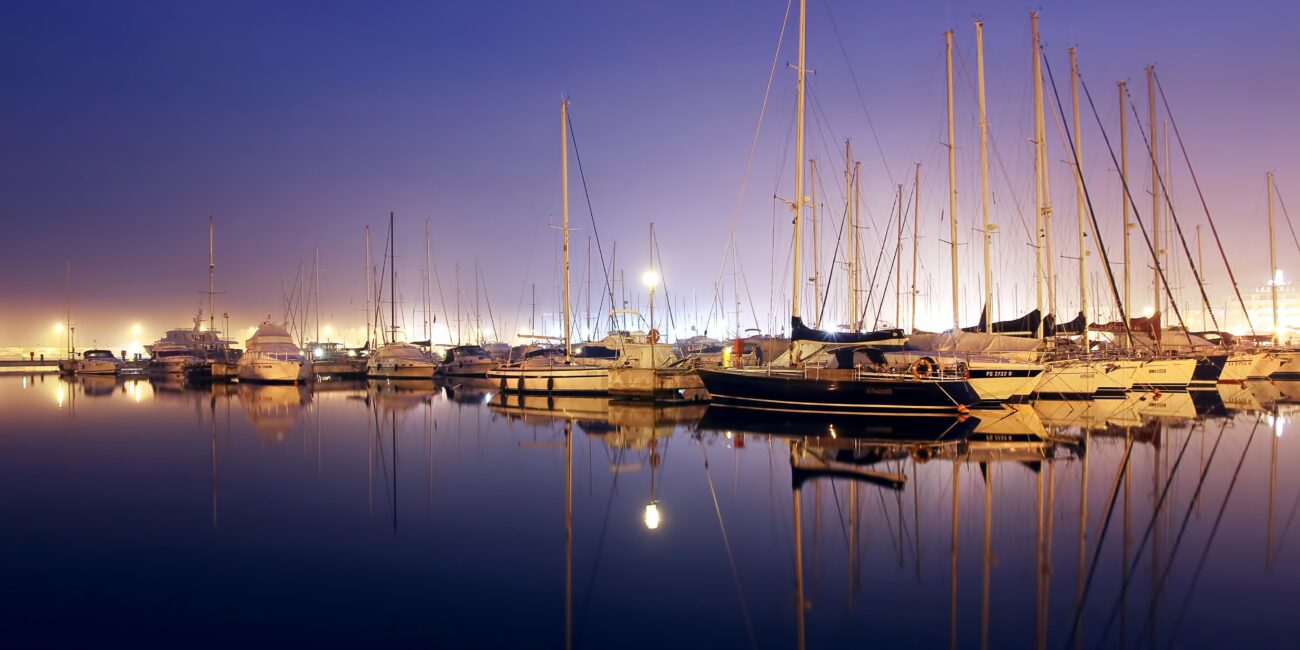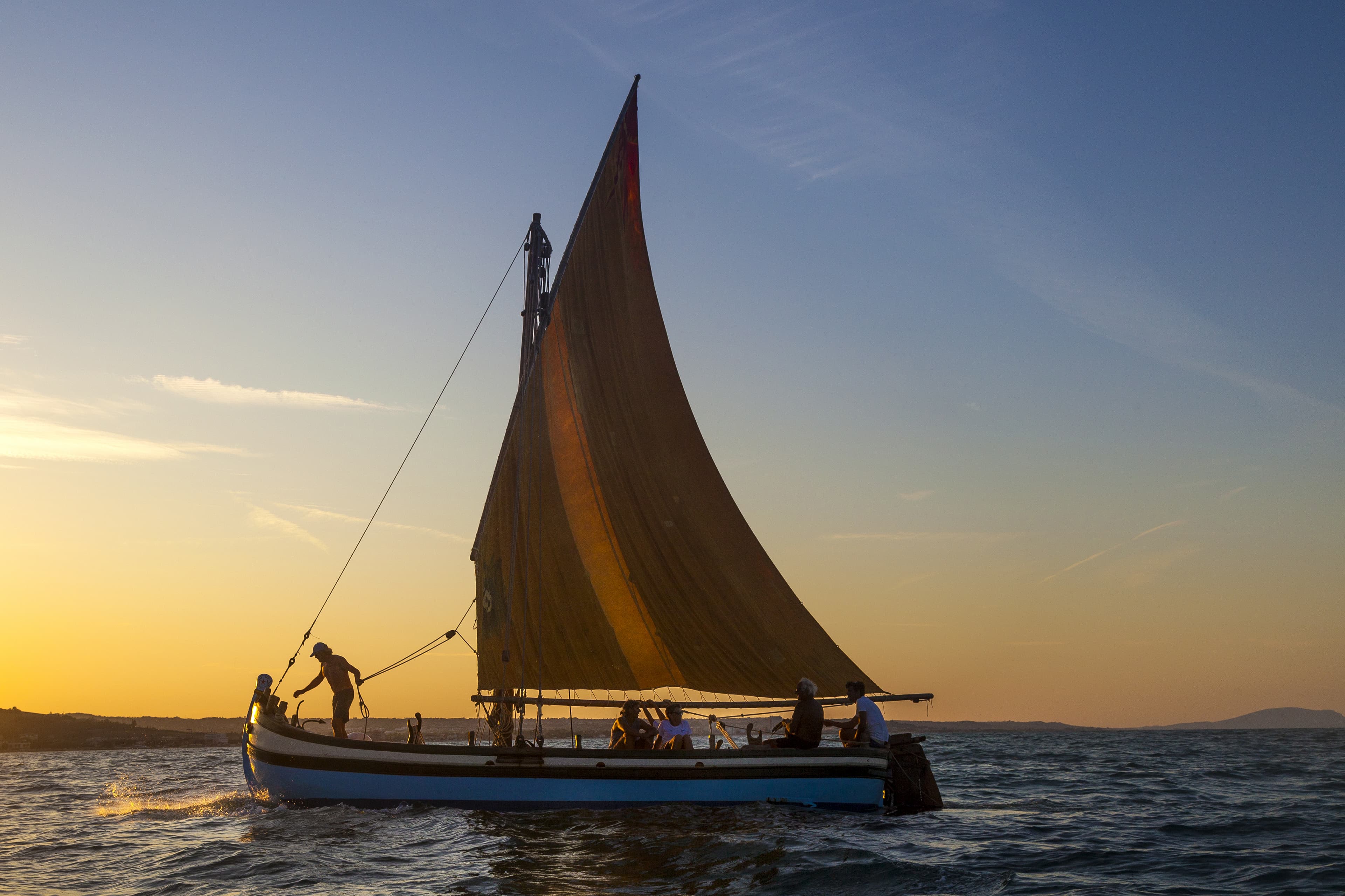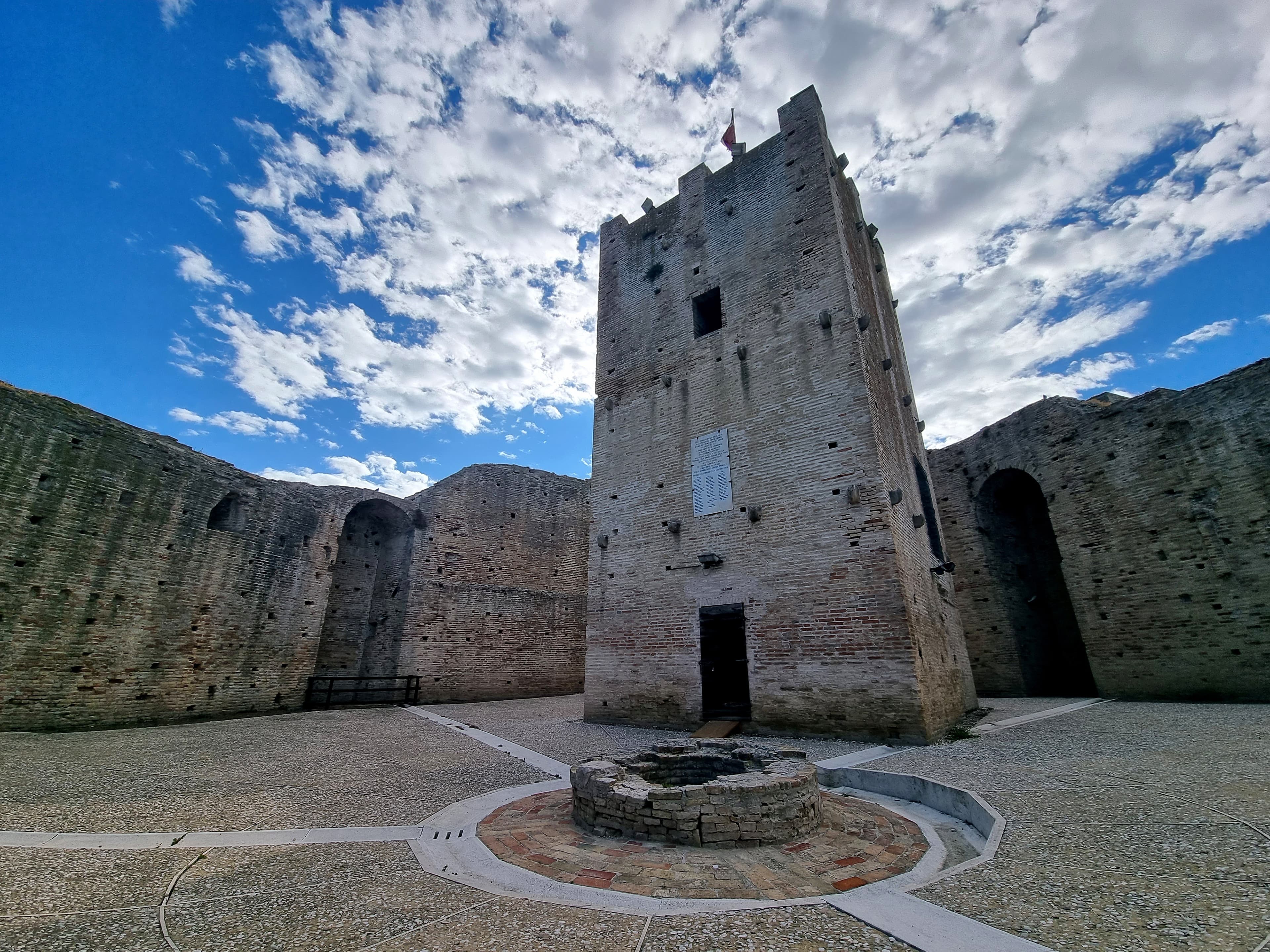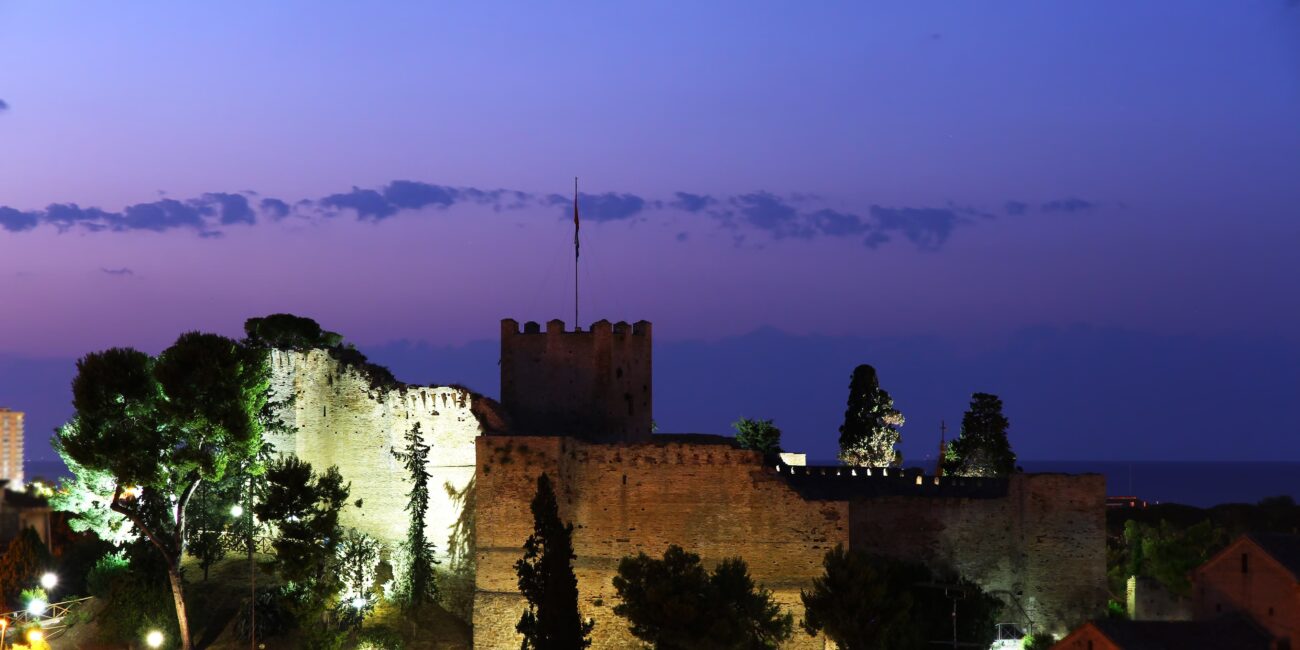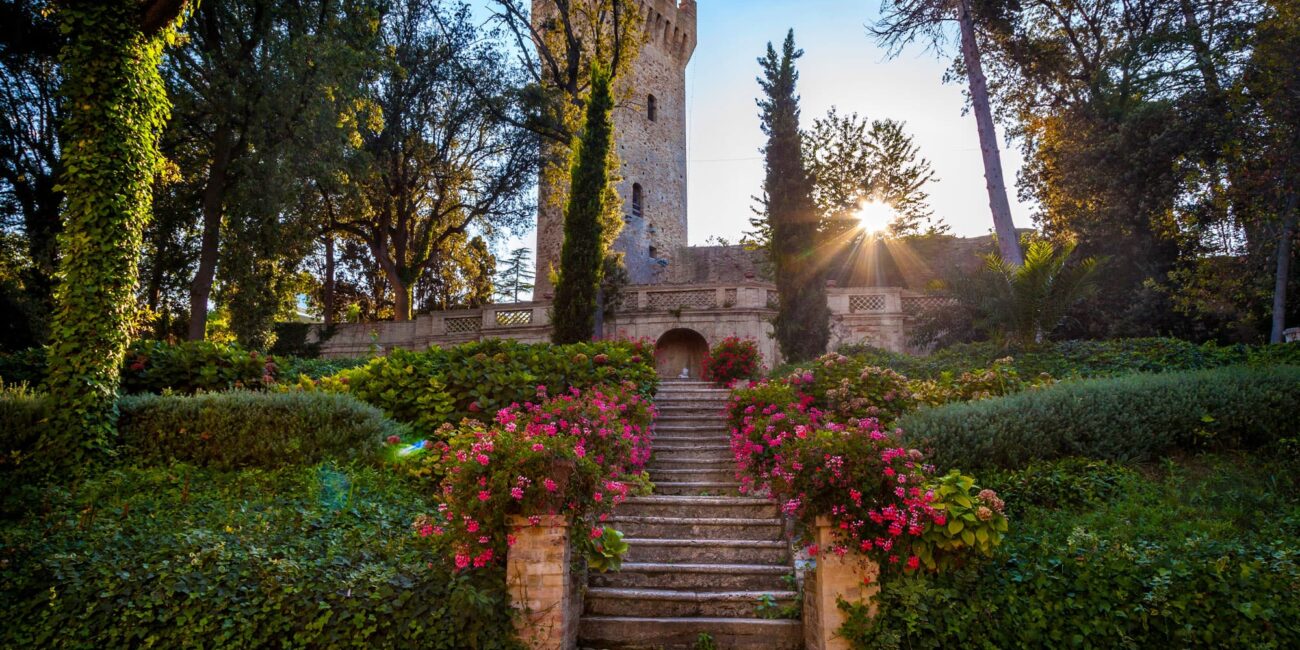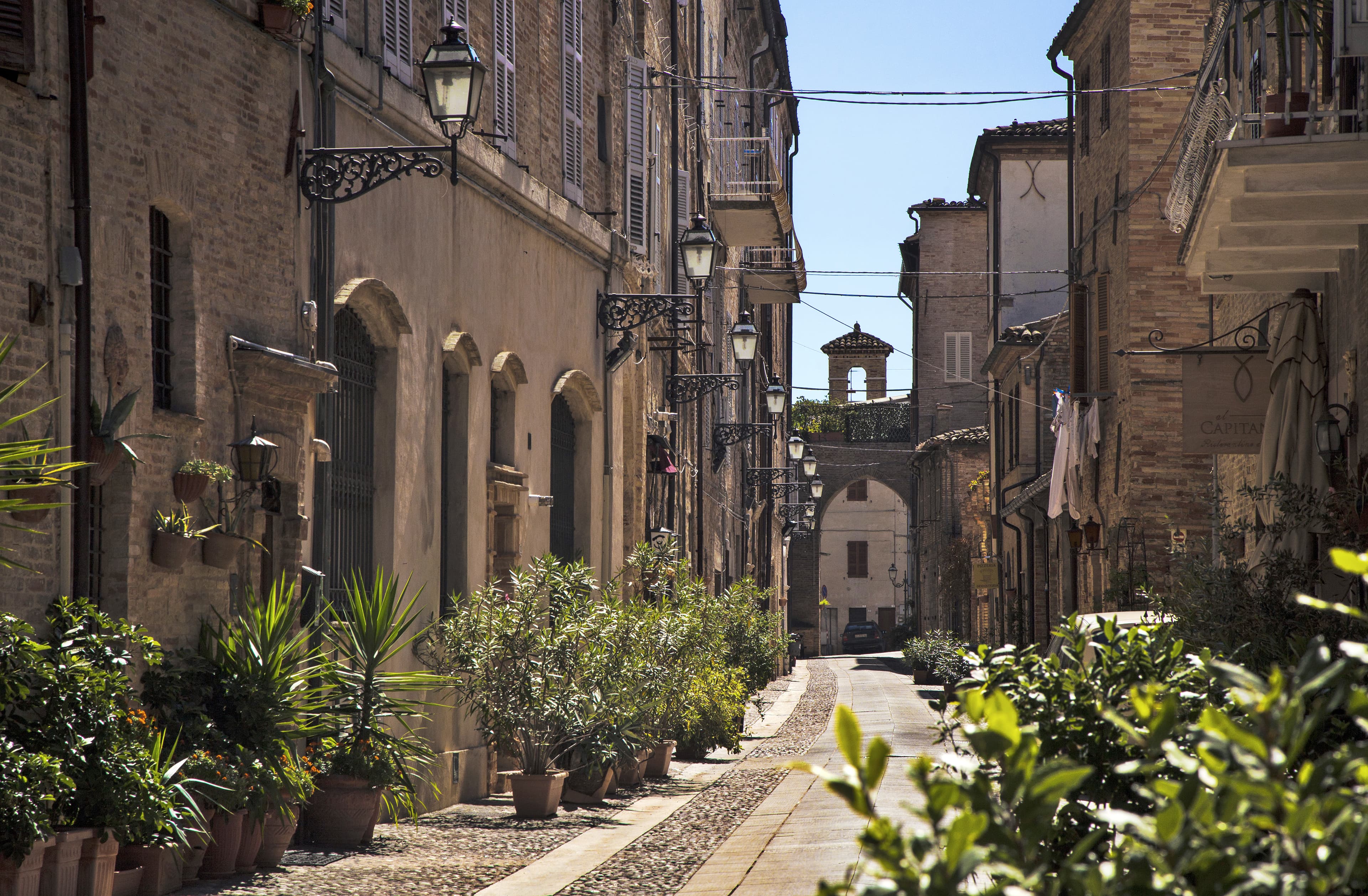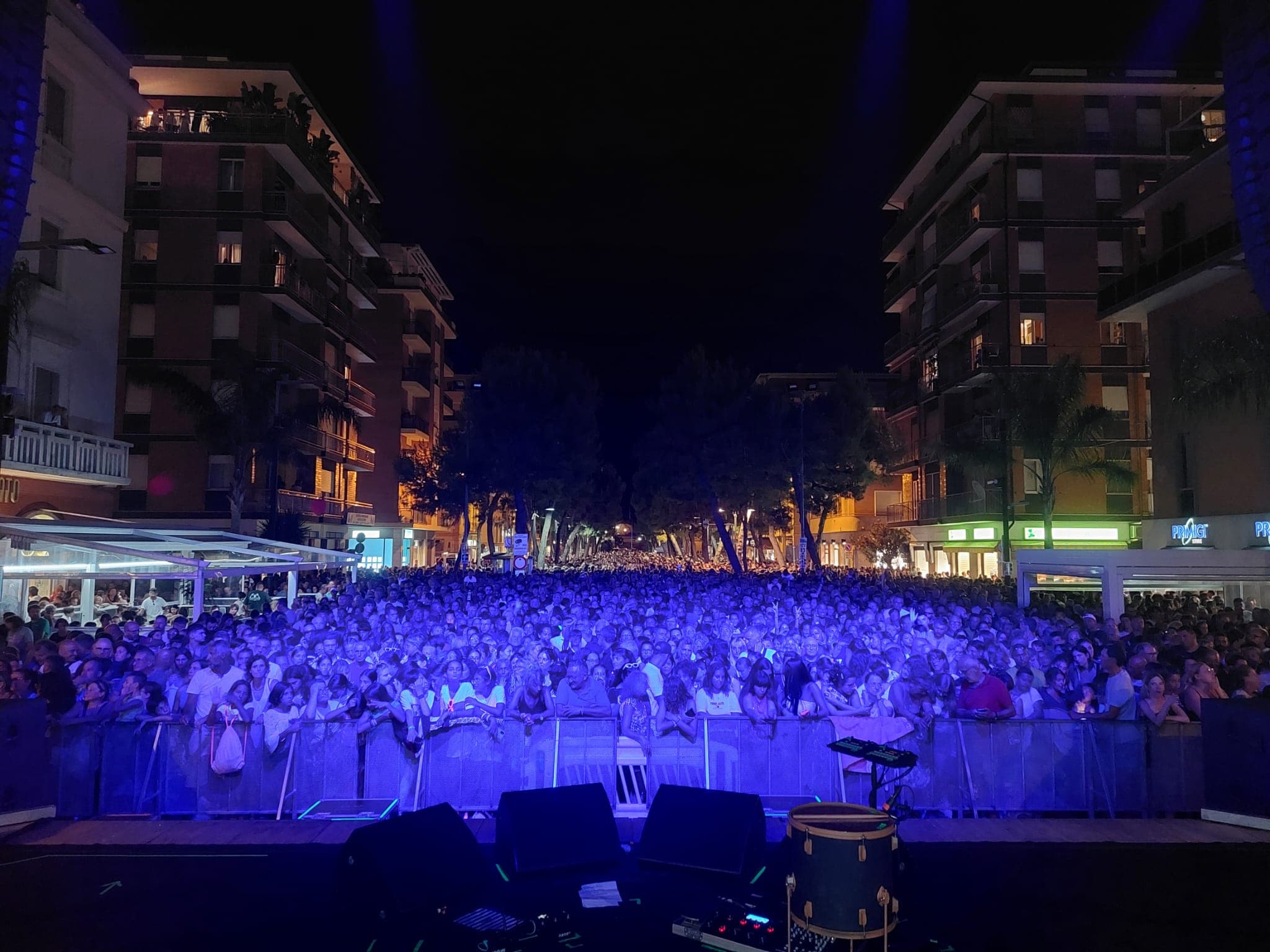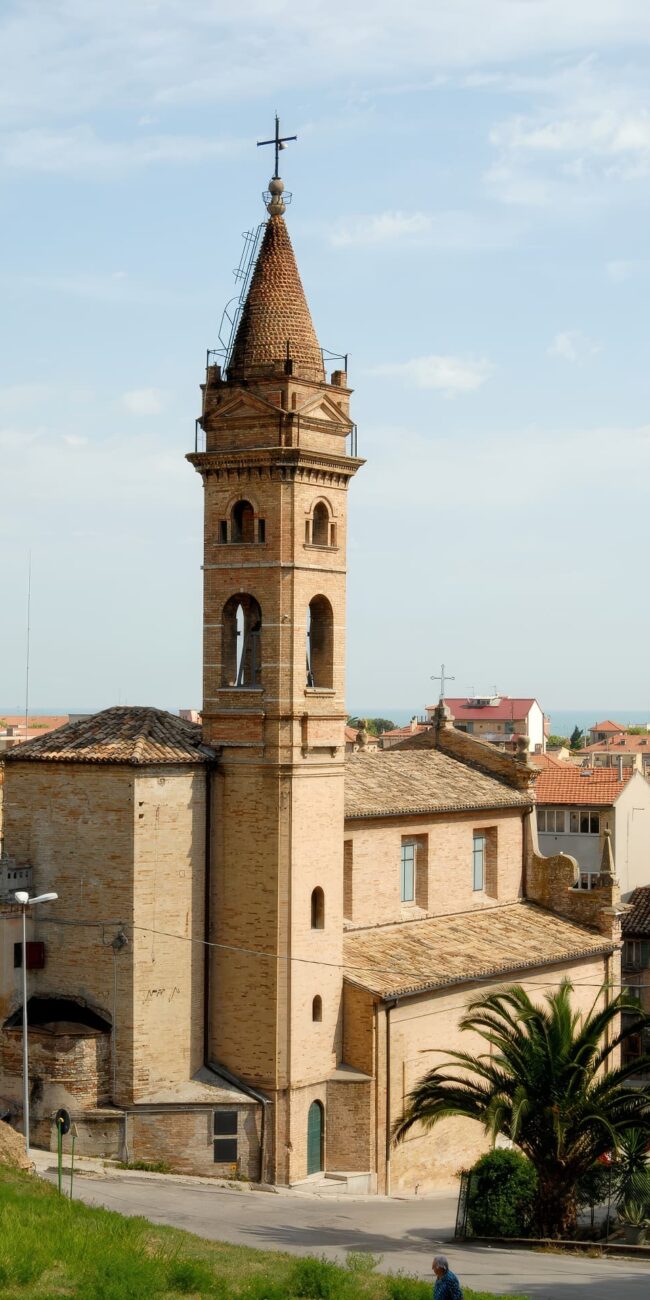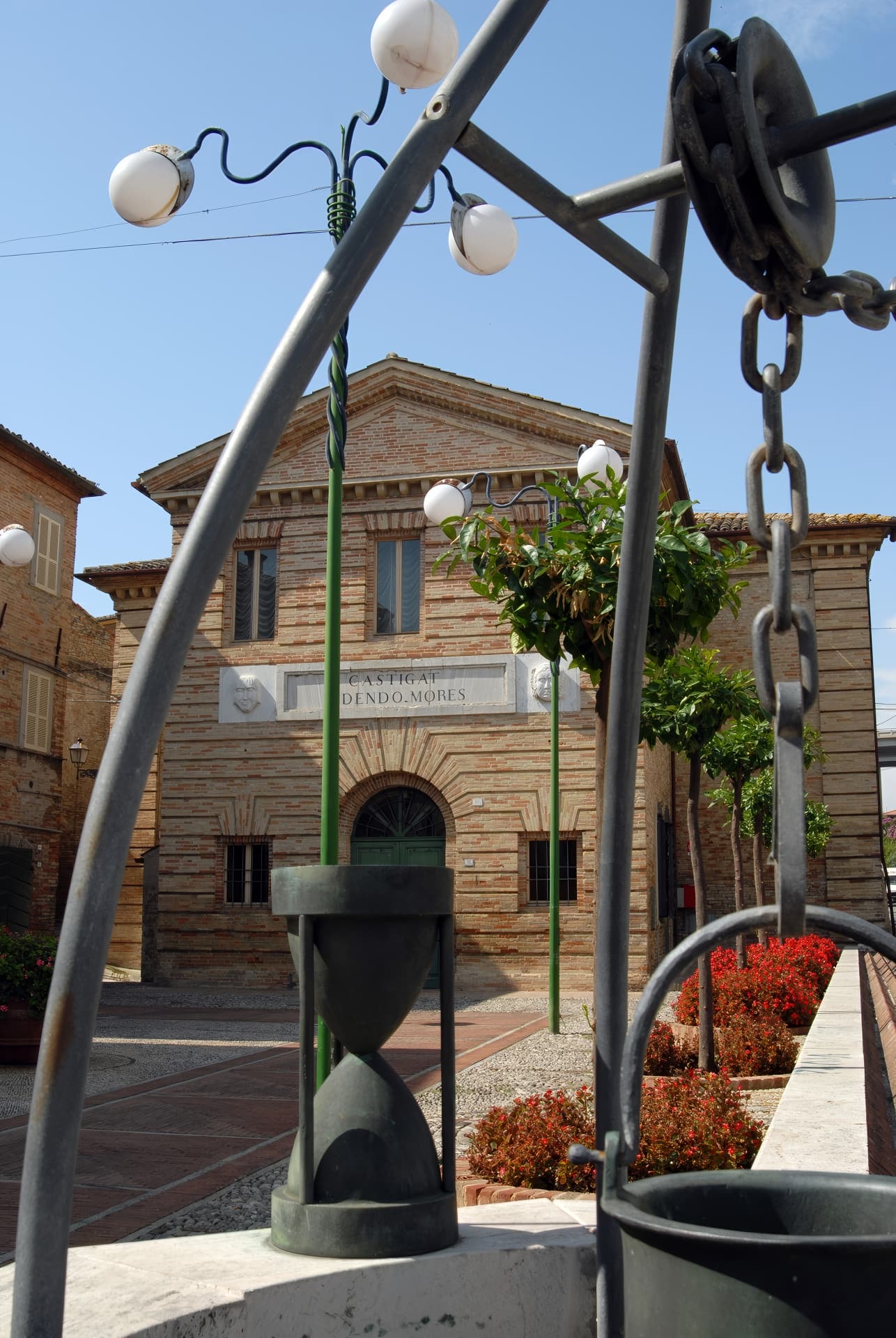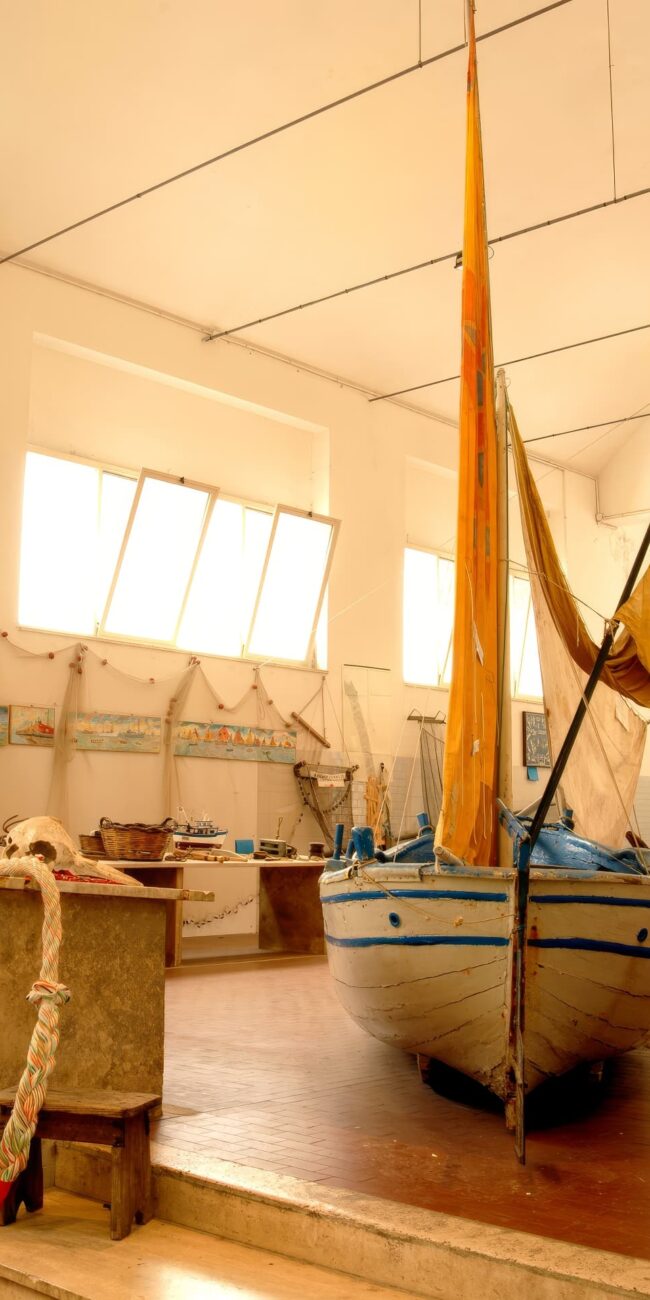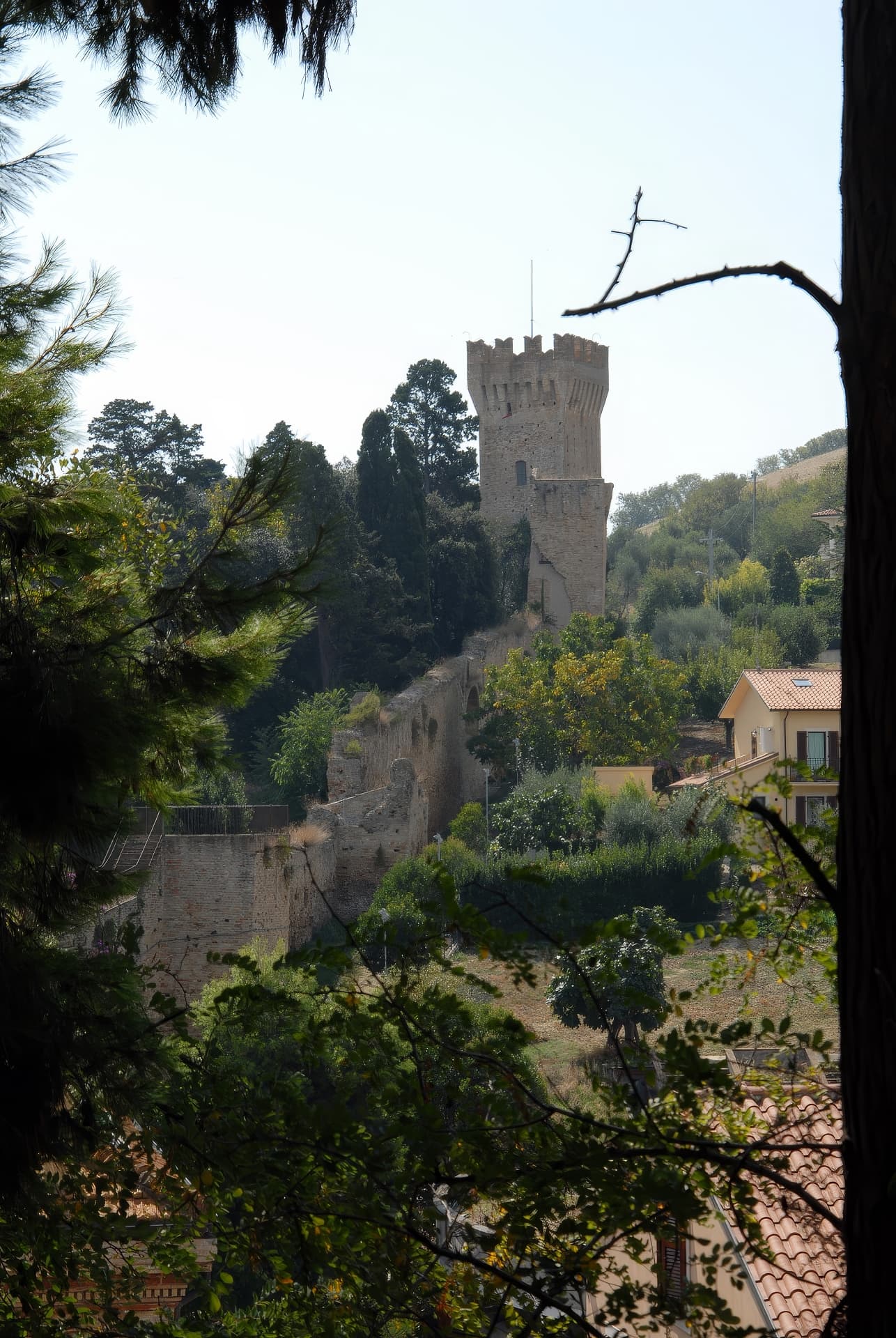Porto San Giorgio
Porto San Giorgio, located along the Adriatic coast of Le Marche, is a renowned seaside resort. Its wide golden sandy beaches, lively promenade and numerous tourist services make it an ideal destination for relaxing and fun vacations.
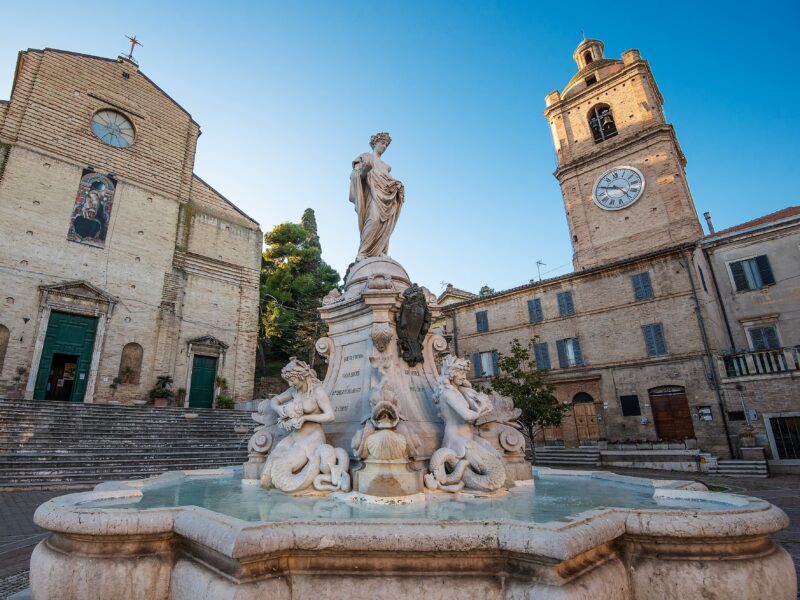
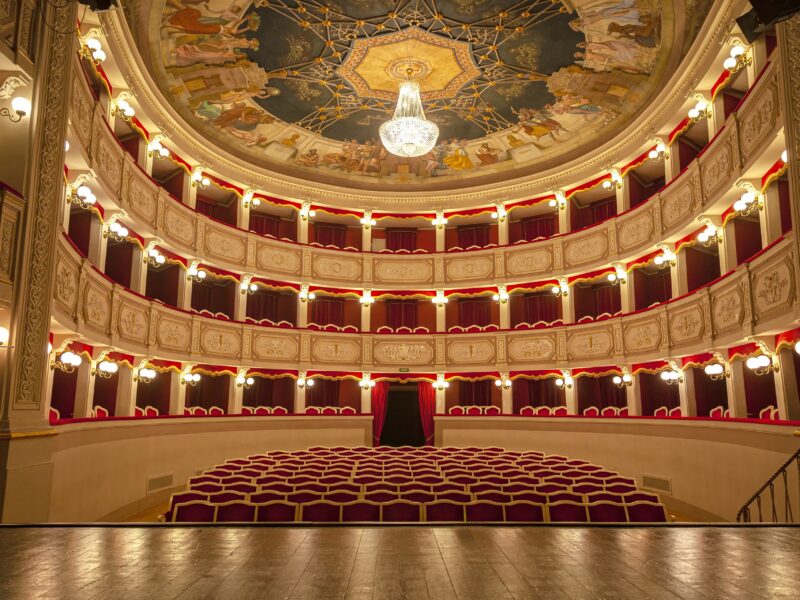
Porto San Giorgio arose as a seaport of nearby Fermo. Pliny the Elder designates it as a castle of the Fermani “Castellum Firmanorum.”
In medieval documents it appears under the name Portus Firmi and is listed in portulans and ancient nautical charts as a major sea port of call. A center of inland maritime traffic and of Fermo to and from Venice, it caused a friendly alliance to be established between these two cities. After the barbarian invasions and subsequent destruction, a few fishermen settled in the area, giving rise to a town, which in 1164 passed to the chapter of the Canons of the Cathedral of Fermo.
From 1260 these ceded said castle to the Municipality of Fermo, which turned it into a fortress against raids from the sea and a vigilant sentinel of Fermo’s power and jurisdiction on the coast. Given the Turkish incursions, especially in the Adriatic, Fermo decided to girdle Porto San Giorgio with castle walls. In 1741 the Fermana Congregation established Porto San Giorgio as a castle distinct from Fermo, and in 1782 the Papal Government granted possession of the territories ranging from the Tenna to the Ete.
Monuments, churches and museums
- Municipal Theater: an architectural jewel of the 19th century, built to the design of architect Giuseppe Locatelli; the vault was frescoed, with a grand allegory of the arts and human destiny, by Sangiorgese painter Sigismondo Nardi.
- Church of St. George: named after the city’s patron saint, it was erected between 1831 and 1851 to a design by architect Giunchini. The interior contains a monumental statue of the patron saint on horseback by Giovanni Paci (1840), a canvas with Saints of the Franciscan Order by the Bolognese painter Gaetano Gandolfi, and a copy of Carlo Crivelli’s famous Polyptych.
- Clock Tower: built in the 19th century in the main square to replace another previously demolished tower.
- Fountain of Democracy and Abundance: majestic fountain built in 1897 to the design of architect Alfonso Bernardini during the construction of the city aqueduct.
- Eighteenth-century cemetery: characterized by an elegant brick structure in St. George’s Square, the portal is surmounted by a curvilinear tympanum in the center of which is the stone coat of arms of Cardinal Cesare Brancadoro (archbishop of Fermo from 1803 to 1837).
- Church of the Holy Souls: erected in 1695 by Giovanni Trevisani, a descendant of the Sangiorgese noble family of the same name of Venetian origin. The Crucifixion with Our Lady of Sorrows and Saints Magdalene, John the Apostle and Jerome by Vincenzo Pagani (1490 – 1568) is perhaps the most valuable painting in the town of Porto San Giorgio.
- Church of Our Lady of the Rosary: built in 1728, as stated by a small plaque walled on the exterior wall. The ceiling was frescoed, in the late 1800s, by Sigismondo Nardi.
- Church of the Crucifix: now deconsecrated and now houses a monumental nativity scene.
- Rocca Tiepolo: a building that dates back to the 1200s. It was erected for defensive purposes by the Podestà of Fermo, Lorenzo Tiepolo to protect and control the town’s ancient port.
- Castellan Walls and embattled tower (or turrimagna): this is the main tower, which still stands today. The purpose of such architectural artifice was to protect soldiers walking on the tops of the towers from attacks.
- Corso Castel San Giorgio: old village that was part of the original structure of the village and port, as the Adriatic Sea overflowed here. The harbor was bordered at the ends by three pointed arches, where boats landed.
- Museum of the Shipyards of Maritime Civilization: dedicated to the enhancement of the intangible cultural heritage of the Central Adriatic, inside the Trevisani Palace, it is a new tourist-cultural attractor for the city and the entire regional territory.
- Villa Bonaparte (Bonaparte-Pelagallo): nineteenth-century villa, neoclassical style, built at the behest of Girolamo Bonaparte, Napoleon’s brother, and designed by Ireneo Aleandri Due to political disagreements with the King of Naples, it was confiscated in 1831 and sold to the noble Pelagallo Family, whose name it bears, after being used as the Apostolic Chamber.
- Villa of Roses: built in 1921 at the behest of Alfredo Salvadori, donated to the Canossian Sisters in 1947.
- Villa Montanari-Rosati: Il dott. Francesco Montanari fece edificare la Villa, destinata inizialmente a casa di cura.
- Villa Clarice: named after its founder, dates back to 1883.
- Villa of the Oleanders (Riva Fiorita): a 19th-century, Art Nouveau villa set in a large garden.
- Fishing marina (La Vittoriosa): a port of excellence, among the largest in the Adriatic, as well as one of the most modern and equipped in Europe. It boasts, in 140,000 square meters of water surface, more than a thousand places for boats and a large port area dedicated to fishing. The great attraction of the port is the historic fishing boat “La Vittoriosa” (80 years old), the only lancet sailing in the Italian seas, the last survivor of this type of the ancient fishing fleet of the southern coast of Marche.
Punti chiave
Ecco alcune informazioni chiave
Info and contacts
Comune di Porto San Giorgio
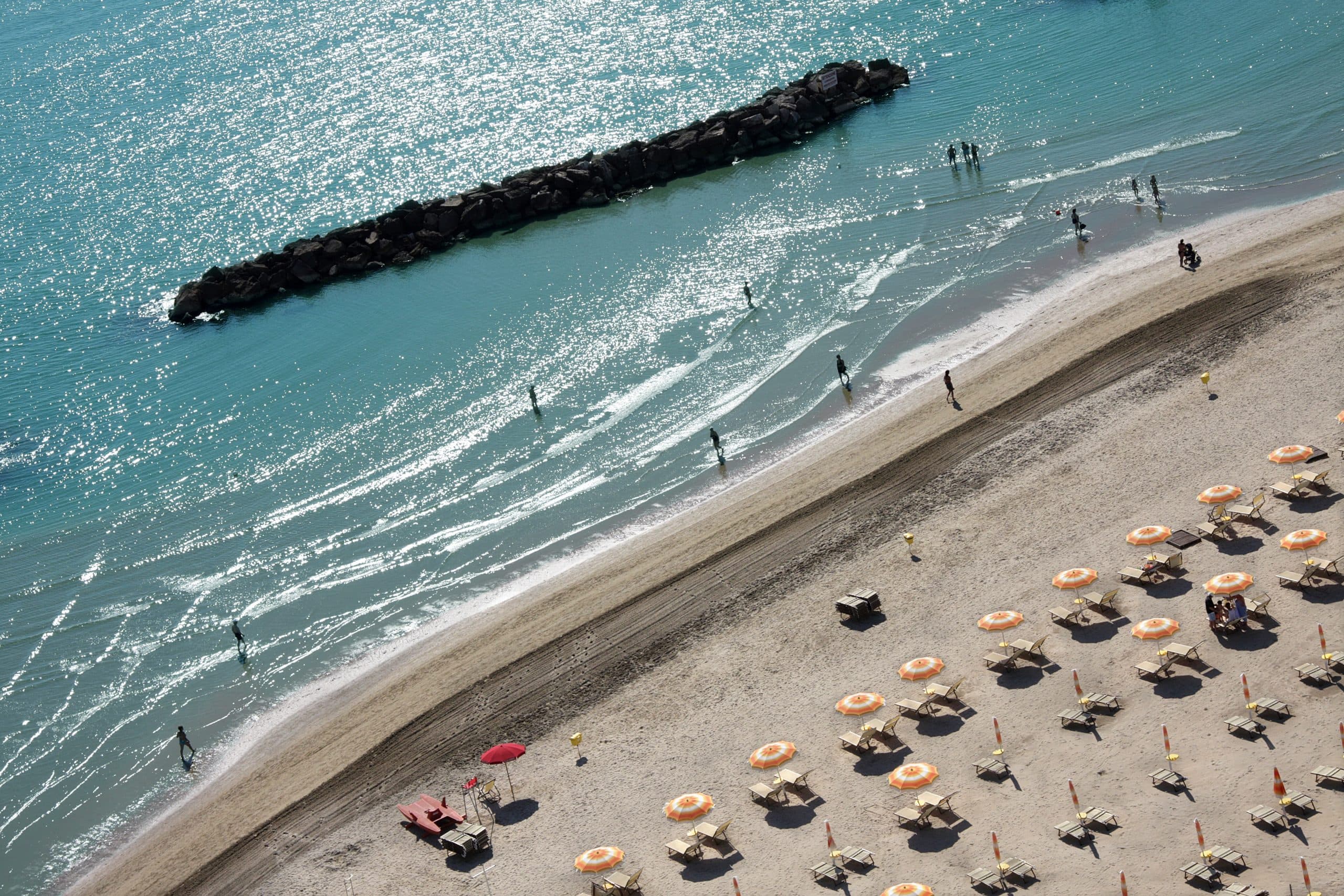
Map
Richiedi informazioni
Contattaci utilizzando il modulo seguente.

